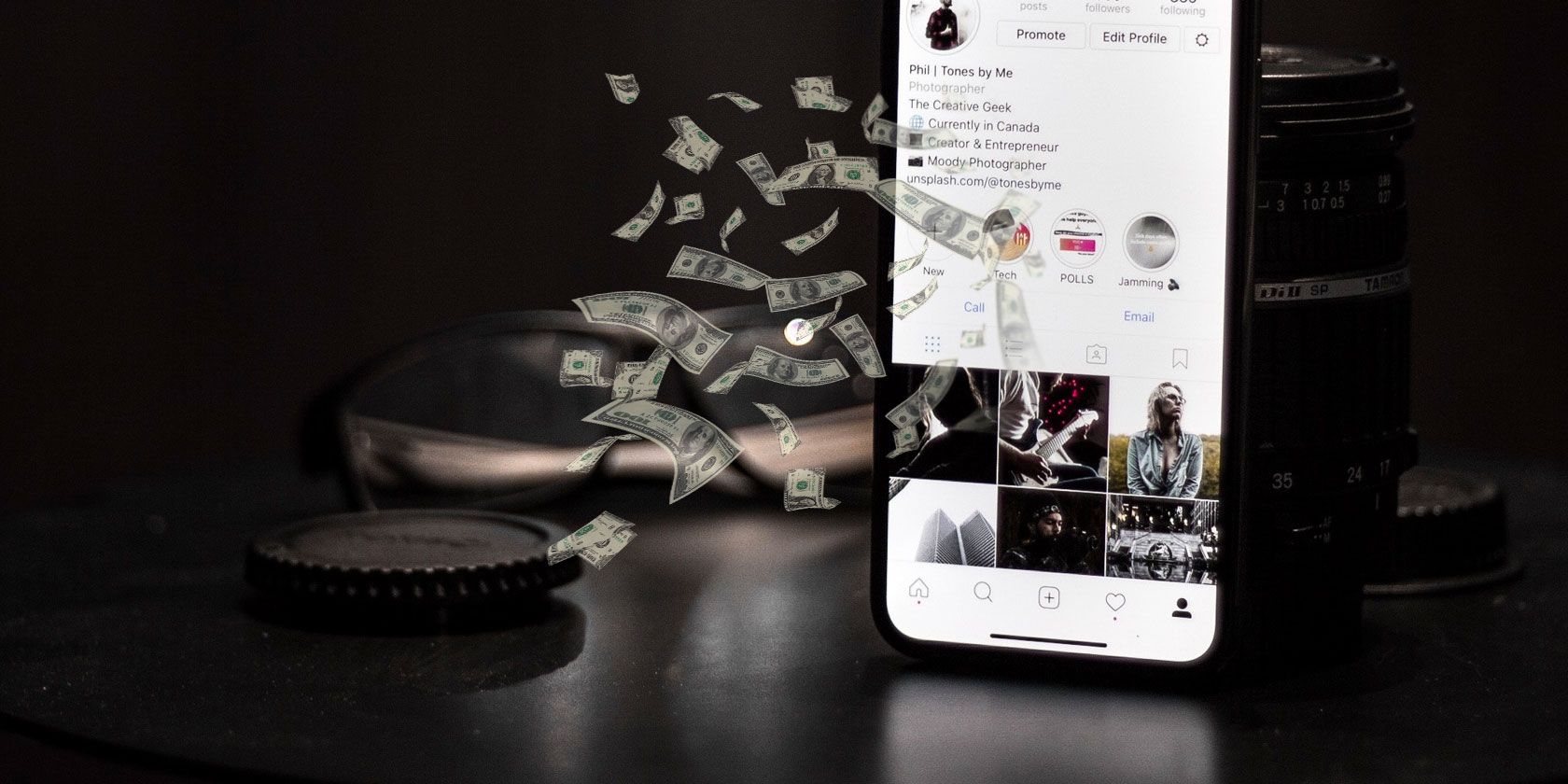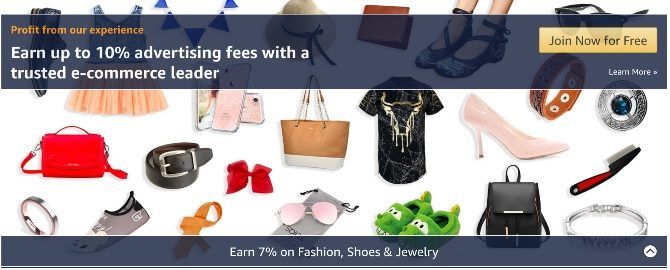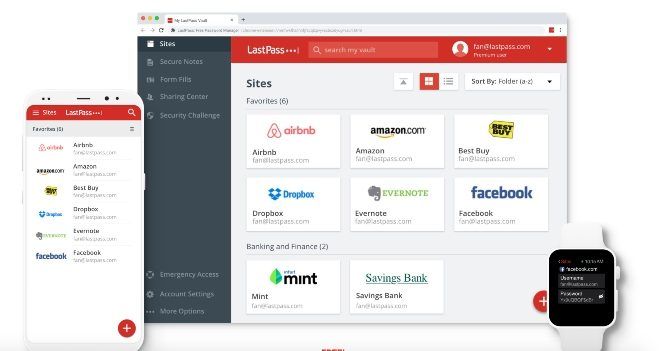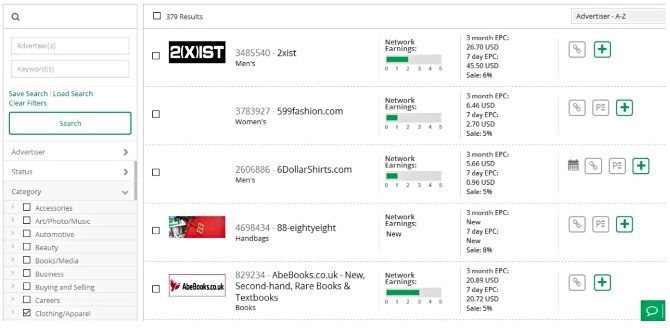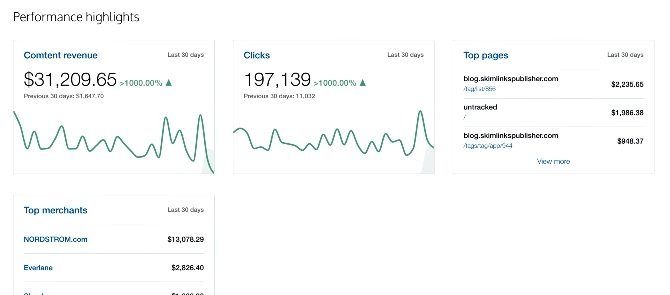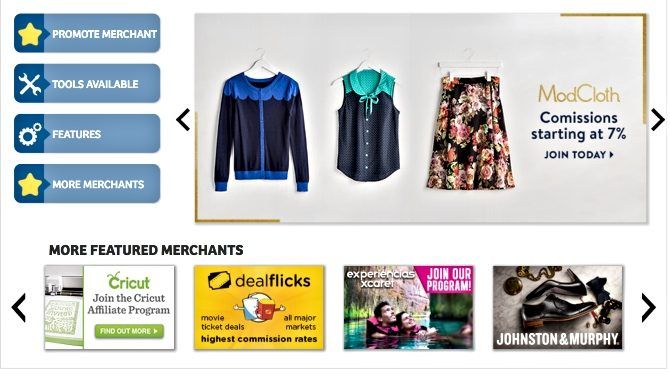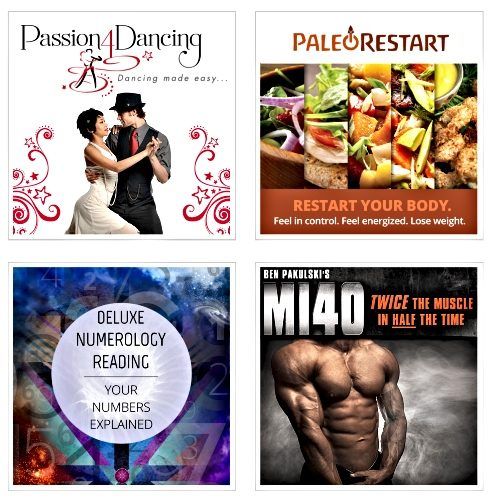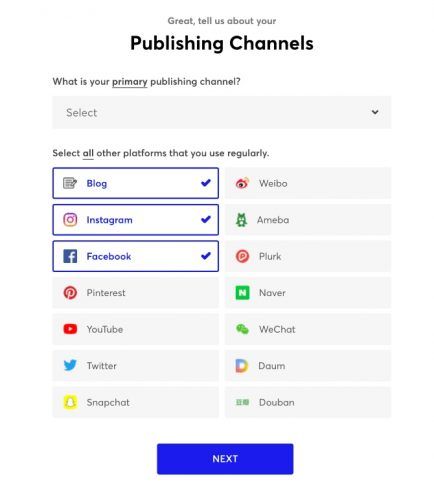With billions of users and a large, captive audience, Instagram and affiliate marketing are a natural match. And, you don't necessarily need a ton of followers to start making money.
In fact, many brands target Instagram users with between 2,000 and 15,000 followers, not the Kylie Jenners or Instagram Eggs of the world. Rather, they want "real" people with engaged audiences.
If you're looking to make money on Instagram, here are the best affiliate programs to look into.
1. Amazon Associates
Amazon Associates is a well-known source of passive income for bloggers, but Instagrammers can leverage the platform too. Amazon is unique in the sense that you don't need to have a website to get started.
Amazon's guidelines state that affiliates have at least 500 organic followers and a public account. Instagram, Facebook, Twitter, YouTube, or a traditional blog all fit the bill.
Once you've signed up, your account will be approved for 180 days. During that period, you need to make at least one sale or Amazon will close your account.
How Much Do Amazon Associates Earn?
It depends. The retail giant has divided commissions by category. Special programs like Amazon Wedding Registry, Kindle, or Amazon Fresh offer a flat-rate payout, with most averaging around $3/sale. Others, like Kindle Unlimited, offer $10.
Product categories offer a certain percent commission. Beauty and fashion offer a 10 percent payout, while video games offer a measly 1 percent. Anytime someone uses your link you earn a commission, even if they navigate elsewhere and buy a different product.
Success on Amazon depends on a tightly focused niche social account (read: lots of traffic) or an established blog with a loyal audience.
Amazon Associates could be a good place to start "practicing" your affiliate marketing skills, as it's easy to get the initial "in". That said, if you don't sell anything within your first 180 days, Amazon will kick you off the platform. Be sure to review Amazon's operating agreement before diving in.
2. Rakuten
Rakuten is a Tokyo-based online retailer that allows affiliates to promote goods from 1000+ merchants.
Unfortunately, they don't accept just anyone as Amazon does. Small or beginner affiliates likely won't make the cut unless they have higher than average engagement rates.
Rakuten's platform looks pretty slick---and it certainly makes the idea of being an affiliate look like this sort of cool, tech-forward opportunity. Publishers receive access to a suite of analytics tools, so they can hone in on what's working and what's not.
The process is a lot like Amazon's. You'll choose from a dizzying array of products and can track your progress through a selection of analytics tools.
The site doesn't tell you how much you can earn. Its help section says that the "amount of revenue can vary widely." Which we assume means that commissions depend on the brand and the amount of traffic you drive, rather than the category as you'll see with Amazon.
3. CJ Affiliate
Formerly known as Commission Junction, CJ Affiliate gives publishers a central hub where they can connect with thousands of brands. CJ appears to be more focused on traditional blogger affiliates, but this could work for social channels as well.
The benefit of working with CJ is that its 15+ years in the affiliate game means its partner network is deep. With 3,000+ brands, including big names like Apple, TurboTax, and Home Depot, there's a lot to choose from. The application process is a two-stage affair.
First, you'll need to apply with a link to your website. CJ will review your site—looking at content, traffic, and optimization.
Once you're in, you'll still need to apply to each of the brands you'd like to work with separately. Brands will individually review your website, which means it may be held to a higher standard than you'll find with something like Amazon Associates.
Unfortunately, some users have reported that rates are lower on average than other affiliate platforms. You'll also need to make more than $50 in commissions to get your monthly payout.
4. Skimlinks
What's nice about Skimlinks is that the application process covers all of your bases. For example, once you're in with Skimlinks, you're in with the 20,000 merchants it works with.
You can also embed a snippet of Javascript on your site, and any existing links will be converted to affiliate links.
Skimlinks is geared mainly toward those with content sites. Instagram can definitely drive traffic and increase sales, but this works best for bloggers with a lot of outbound links on their website.
Skimlinks is pretty vague when it comes to sharing details about the payout. The FAQ section on the site says that several factors could affect pay, from product seasonality to how much traffic you drive.
They also take a 25 percent cut from your earned commissions, but there's no charge to use the platform. Unfortunately, it could take a while to get paid. Commissions must be approved by retailers, and sometimes take up to 60 days to clear.
5. ShareASale
ShareASale is a large affiliate network that connects you with around 4,500 merchants.
At a glance, the site looks a bit old. But, the company works with a long list of popular brands: allbirds, ModCloth, Wayfair, Warby Parker, and Reebok. Brands span a wide range of categories and commissions vary by product and advertiser.
Aspiring affiliates must have a website to get approved and share their promotional methods in their application.
The platform isn't super selective, but the company does its due diligence to ensure your content sticks to a specific theme.
Publishers must enter their payment info to get started and must keep a $50 minimum balance in their account at all times. Fail to meet that minimum and ShareASale will charge you $25 to keep your account going. While not a huge expense, you'll want to ensure that you're ready to drive traffic as soon as your account is approved.
6. Clickbank
ClickBank is an affiliate platform that doesn't offer much in the way of screening requirements, which makes it easy for anyone to sign up as a publisher.
ClickBank works a bit differently than the other options on this list. For one, the platform is used for digital products only, not physical goods. As you can see above, some of the products look a little iffy. Keep that in mind as you consider how numerology readings will fit into your Instagram feed.
What's unique about ClickBank is that you get to choose the products you promote based on how much the company is willing to pay. So, while it wasn't especially clear what the payout breakdown might look like, publishers do have some control over who they work with.
One of the biggest benefits is that ClickBank offers some pretty high commissions, in some cases up to 50-75 percent.
7. ShopStyle Collective
ShopStyle Collective is all about helping people monetize their social accounts. It even offers a feature called "Looks" where you can create shoppable images, a major step up from directing followers to an external website. The sign-up process is relatively easy.
After you choose your username and password, you'll fill out a series of short forms that ask how many followers you have, what platforms you use, and so on.
I filled out the form (using fake info, of course) and received a message that it would take 1-2 weeks to review my application.
Unlike Amazon, which basically lets anyone into the fold, ShopStyle does a little digging to ensure that you're an actual influencer.
The company doesn't outright say it, but it's clear that the barrier to entry is much higher than the other platforms we've looked at. It's probably not the best option for the absolute beginner.
According to a ShopStyle, influencers earn a percentage of every sale based on the platform's Cost per Acquisition program. Commissions vary based on retailer.
Affiliate Marketing Isn't Exactly Passive Income
Aspiring Instagram affiliates need to understand that there's far more to making money on Instagram than hashtagging brands.
So, you'll want to choose a platform that works for your experience and your audience. Rakuten and ShopStyle Collective are more selective about their affiliate publishers than Amazon or ClickBank.
With Instagram, it's important to strike a balance between authentic content and product placement. Don't sign up for a platform that doesn't work with brands that you and your audience believe in.
Do you need some tips for connecting with your audience? Then take a cue from these brands killing it on Instagram. And choose one of these Instagram themes to help your own brand stand out.

